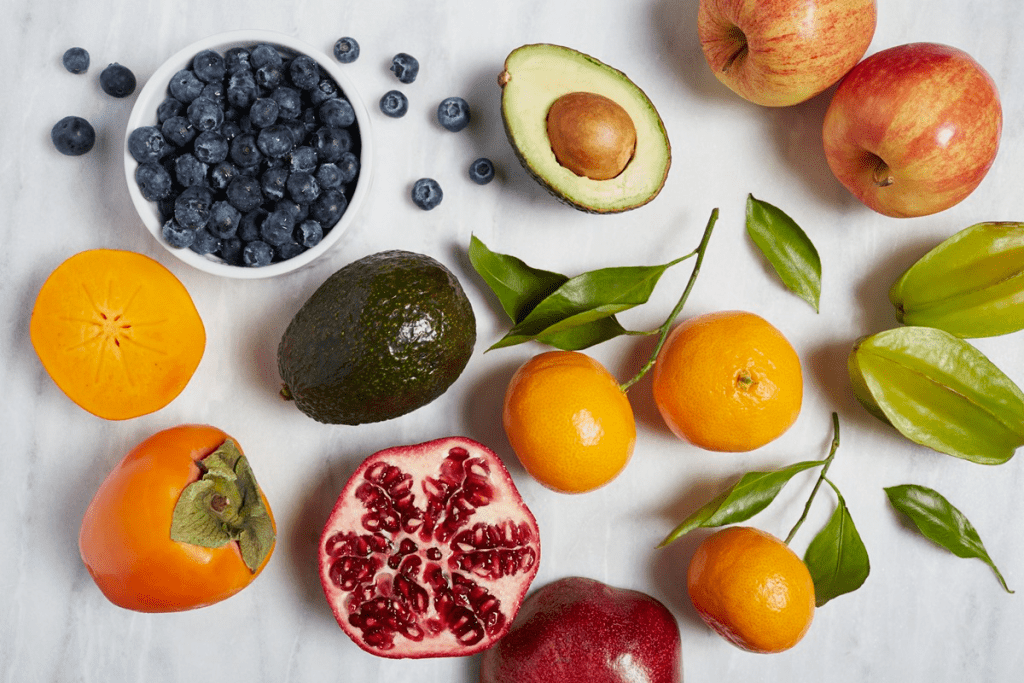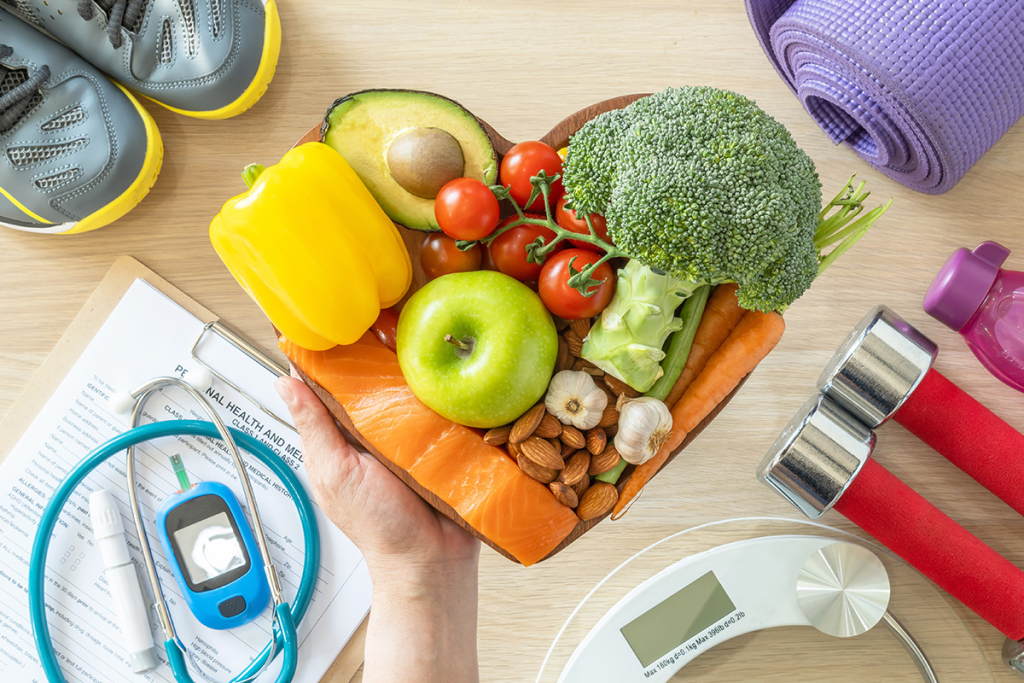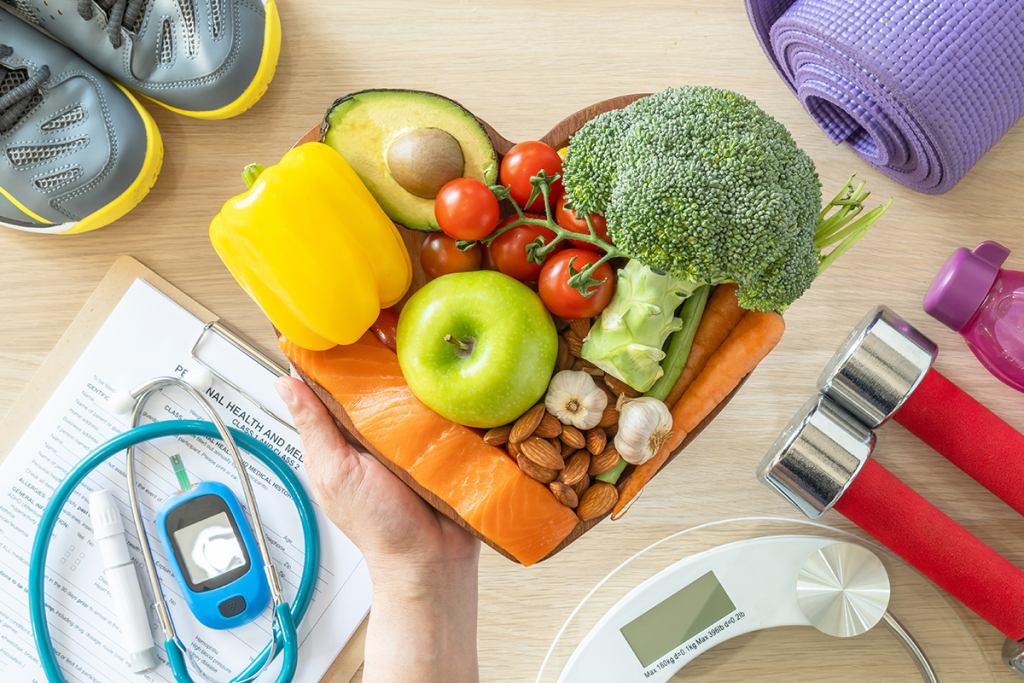Last Updated on November 14, 2025 by
For people with diabetes, picking the right foods is key. Fruits can add nutrients to a diabetic’s diet. They offer vitamins, minerals, and fibre. But it’s important to pick fruits that are low on the glycemic index (GI) and high in fibre. These help keep blood sugar stable.

The USDA says most adults should eat about two cups of fruit each day. Adding a mix of diabetes-friendly fruits to your meals is good. A fruit salad with high-fibre fruits is tasty and healthy.
We know how important food choices are for diabetes management. By choosing the right fruits, people can control their blood sugar better. And they can enjoy a diet that’s balanced and healthy.
Managing diabetes means knowing how it changes blood sugar levels. It’s a chronic condition that messes with how we process glucose. We must grasp its details to manage it well.
Diabetes isn’t just about meds; it’s about diet too. What we eat greatly impacts our blood sugar. Knowing how foods affect blood sugar is key.
Diabetes messes with blood sugar by affecting insulin production or use. Insulin lets cells absorb glucose for energy. Without enough insulin, blood sugar levels rise.
With diabetes, our bodies either make less insulin or can’t use it well. This raises blood sugar, leading to health issues. Monitoring and managing blood sugar levels is vital to avoid problems.

The glycemic index (GI) ranks foods from 0 to 100 based on blood sugar impact. Low GI foods digest slowly, raising blood sugar gradually. High GI foods cause quick spikes.
Knowing a food’s GI helps those with diabetes choose wisely. Choosing foods with a low GI helps control blood sugar. It’s about picking low GI foods and avoiding high GI ones.
By understanding diabetes and the glycemic index, we can manage it better. This approach combines diet and lifestyle changes.
Low-GI fruits are key for keeping blood sugar levels healthy for diabetics. It’s important to know how foods affect blood sugar.
The glycemic index (GI) ranks foods from 0 to 100 based on blood sugar impact. Low-GI foods, like most fruits, digest slowly. This leads to a gradual increase in blood sugar. This is great for diabetics who need to control their blood sugar.
Studies show low-GI diets help diabetics manage their blood sugar better. Eating more low-GI fruits can help manage diabetes and lower the risk of complications.

Fibre is key in controlling blood sugar. Fruits like apples and berries have lots of fibre. This slows down sugar absorption, preventing blood sugar spikes. High-fibre diets improve glycemic control and lower type 2 diabetes risk.
Many studies have looked at fruit and diabetes risk. The evidence shows that eating fruits, mainly low-GI and high-fibre ones, can lower type 2 diabetes risk. For example, eating blueberries and apples can improve health for diabetics.
Diabetics can manage their condition by eating low-GI fruits. We suggest trying different low-GI fruits to find what you like and fits your diet.
For those with diabetes, picking the right fruits is key to managing blood sugar. We suggest fruits that taste great, are full of nutrients, and have a low glycemic index (GI). Here are the top 5 fruits that are great for a diabetic diet.
Blueberries are a great pick for diabetics because they’re full of antioxidants and have a GI score of about 53. They contain anthocyanins, which help with insulin sensitivity and glucose use. Enjoying a handful of blueberries or adding them to breakfast is a wonderful way to begin your day.
Apples are a high-fibre fruit that can help control blood sugar, with a GI score of about 39. The fibre in apples, like pectin, slows down sugar digestion and reduces glucose absorption. Try apples as a crunchy snack or add sliced apples to oatmeal or yogurt.
Pears are a sweet and filling fruit with a GI score of around 30. They’re also a good source of dietary fibre, which helps with fullness and blood sugar regulation. Enjoy pears on their own or in salads for a refreshing touch.
Blackberries are known for their high fibre content, with about 7.6 grams per cup. They have a low GI score, making them perfect for diabetics. The fibre and antioxidants in blackberries help manage blood sugar and keep you full. Add blackberries to yogurt or blend them into smoothies.
Adding these top 5 fruits to your diet can bring variety and help manage blood sugar. Just remember to eat them in moderation as part of a balanced meal plan.
Managing diabetes means being careful about what fruits we eat. Eating fruits in season is a smart way to get a variety of healthy options. This way, we get the best taste and nutrition.
In spring and summer, we have many tasty fruits that are good for diabetics. Berries like strawberries, blueberries, and raspberries are full of antioxidants and have a low GI. They are a great pick. For more info on how fruits affect blood sugar, check out Diabetes UK.
Other fruits like peaches and apricots are also good choices. They are high in fibre and have a moderate GI. You can enjoy them as a snack or add them to salads.
In fall and winter, different fruits are available. Apples and pears are great because they are full of fibre and have a low GI. You can eat them alone or use them in recipes like salads and desserts.
Citrus fruits like oranges and grapefruits are also in season. They are a good source of vitamin C and flavonoids. They add a refreshing touch to a diabetic diet.
Adding healthy fruits to your diet is easy with the right tips. Managing diabetes means watching what you eat, including fruits. By picking the right fruits and mixing them with other healthy foods, you can have a balanced diet and keep your blood sugar in check.
Starting your day with a good breakfast is key for diabetics. Using low-GI fruits like apples and berries in your breakfast can give you energy and help control blood sugar. Try adding sliced apples to almond butter or fresh berries to your oatmeal or yogurt.
Snacking is important for diabetics to keep blood sugar stable. Pairing fruits with protein and healthy fats makes for good snacks. For example, a small apple with almond butter is a great mix of fibre, protein, and healthy fats.
Desserts can be tough for diabetics, but there are healthy options. Using fruits like berries, citrus fruits, and apples, you can make tasty desserts that are good for you.
Tips for creating diabetes-friendly desserts:
It’s important to watch your blood sugar after eating fruits. Tracking your levels helps you know which fruits are safe and how much to eat.
Keep a food diary to track your fruit consumption and corresponding blood sugar levels. This helps you make smart diet choices and keep your blood sugar under control.
Creating a plan for diabetic fruits is key to managing blood sugar and staying healthy. Adding low-GI fruits to your diet makes it both healthy and tasty.
We’ve looked at top fruits for diabetics like blueberries, apples, pears, and blackberries. They’re full of fibre, antioxidants, and nutrients. Knowing the glycemic index and how fibre helps control blood sugar lets you choose wisely.
To make a lasting plan, pick seasonal fruits and add them to your meals. Also, watch your blood sugar after eating. This way, you can enjoy a diet that’s good for you and helps manage diabetes well.
For diabetics, we suggest fruits with a low glycemic index (GI) and high fibre. Apples, pears, and berries are good choices. They help control blood sugar and offer important nutrients.
The glycemic index shows how quickly a food raises blood sugar. Foods with low GI digest slowly, causing blood sugar to rise gradually. This makes them great for diabetics.
Bananas have a medium GI, but they’re also full of fibre and potassium. It’s important to eat them in moderation. A medium banana has about 27 grams of carbs.
Watermelon has about 30 calories per 100 grams. But remember to watch your serving size because of its natural sugars.
Grapes are packed with antioxidants and fibre, but they have a lot of natural sugars. Eating them in small amounts is best, as part of a balanced diet.
Enjoy fruits as snacks, add them to oatmeal or yogurt, or use them as salad toppings. Always keep an eye on portion sizes and pick fruits with low GI.
Dates are high in natural sugars and have a medium GI. They can be part of a diabetic diet, but eat them in small amounts because of their sugar.
Apples, pears, and berries are not only low on the GI but also high in fibre. This helps slow down sugar digestion and keeps blood sugar stable.
Check your blood sugar before and after eating fruit. This helps you see how different fruits affect your levels. It guides you in making better food choices.
Subscribe to our e-newsletter to stay informed about the latest innovations in the world of health and exclusive offers!